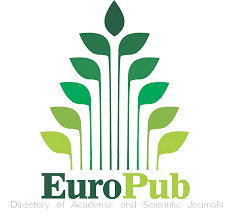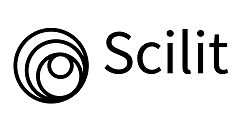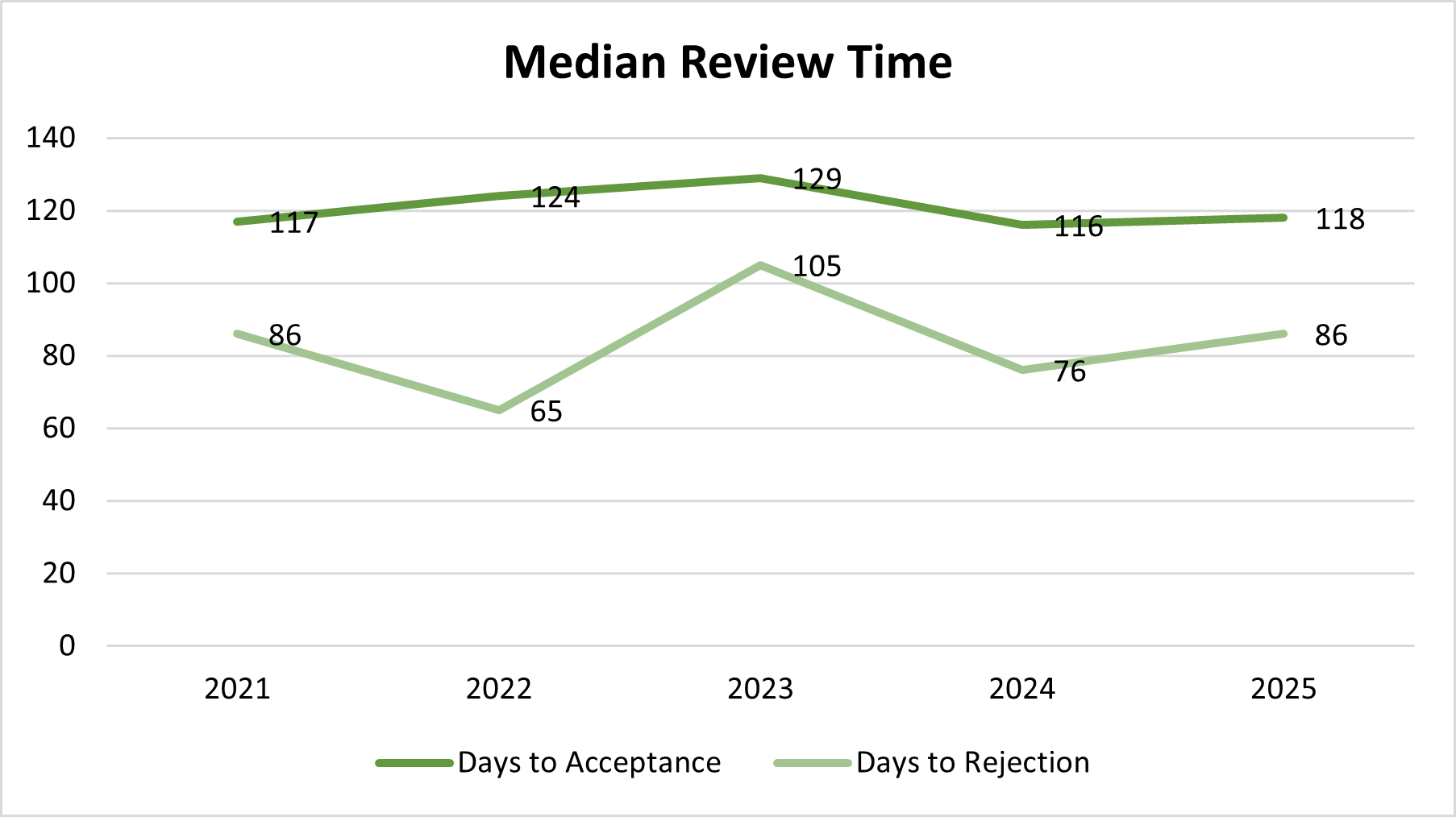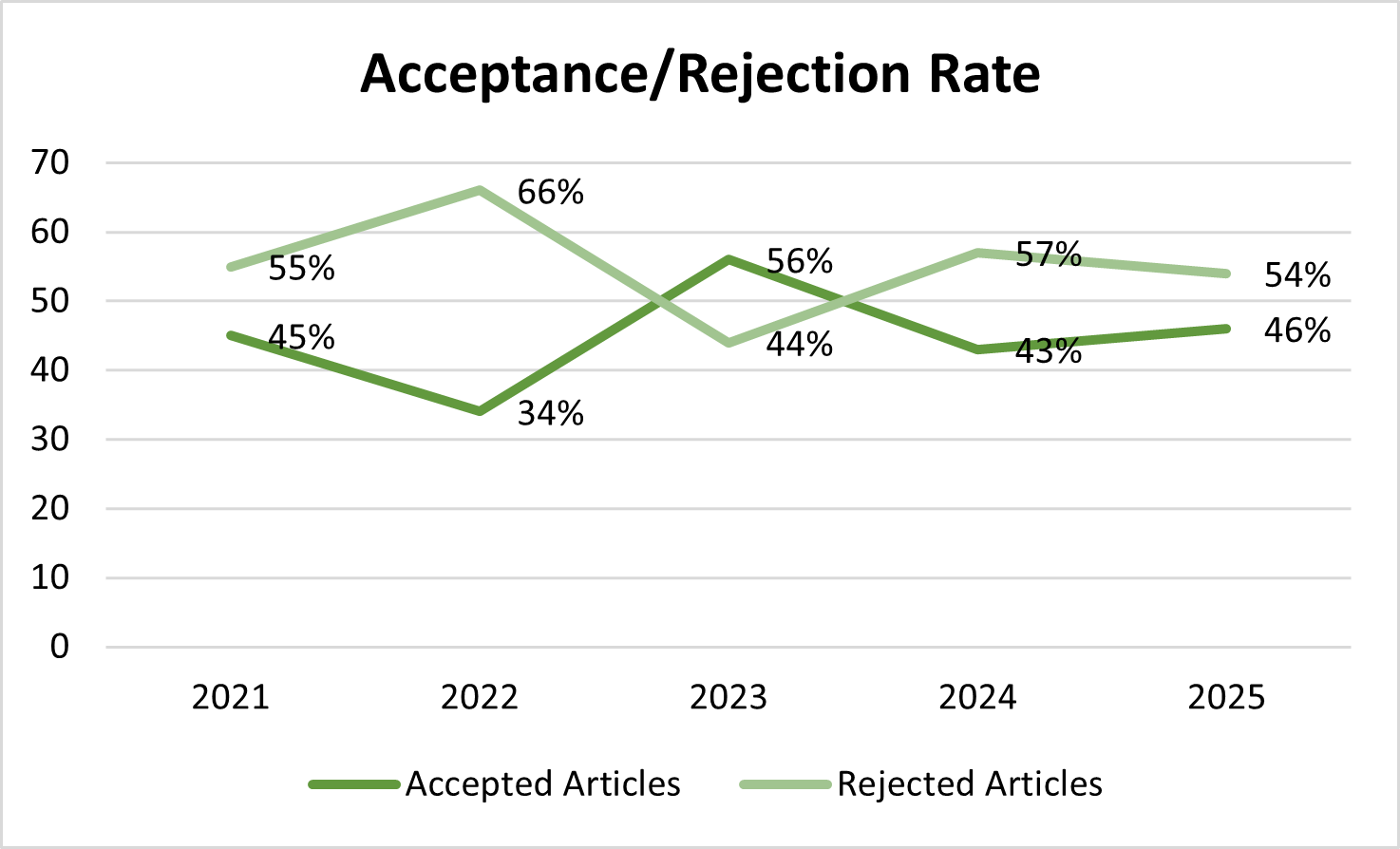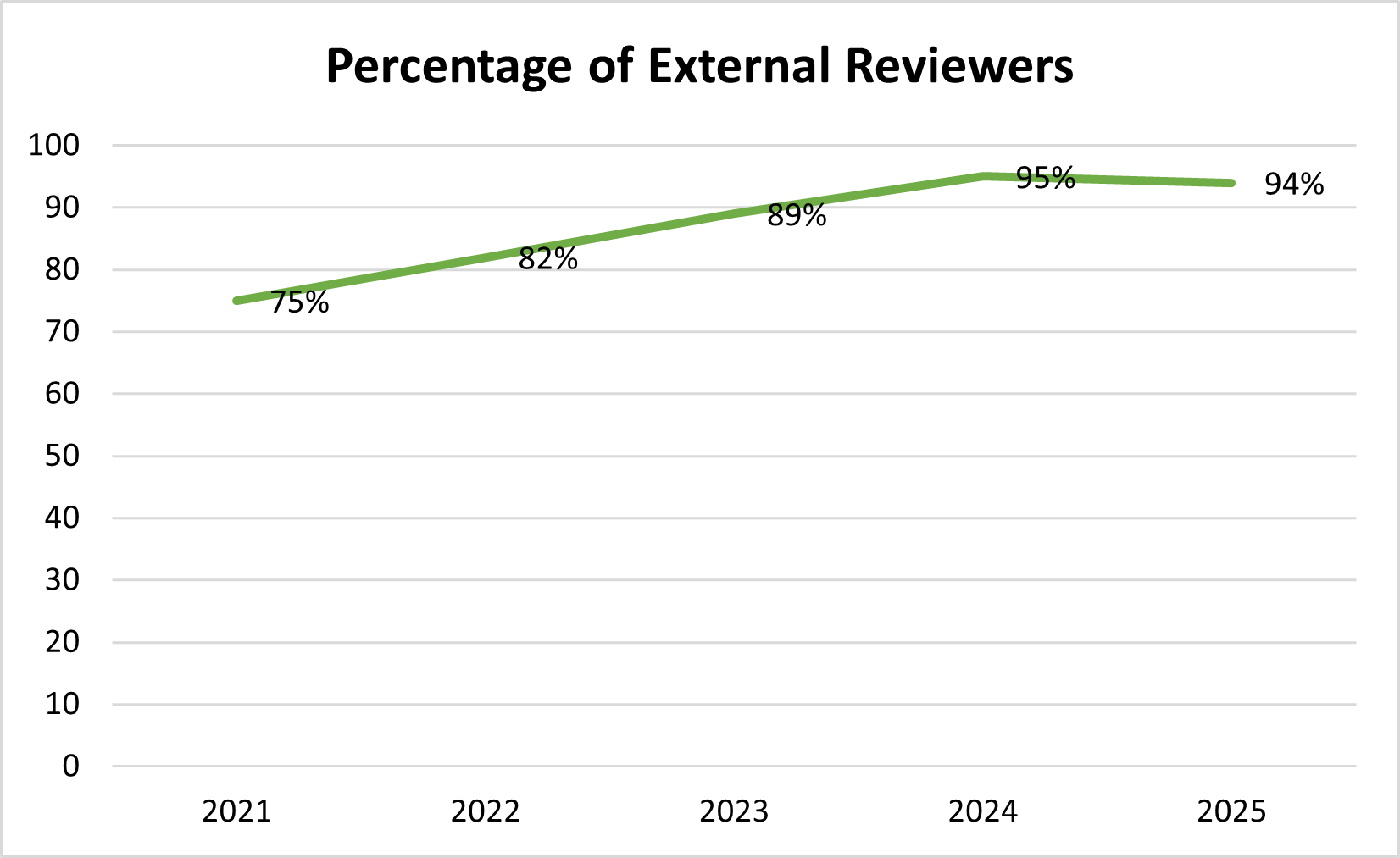Influence of furrow and drip irrigation on the production of hybrid corn DASS 3383
DOI:
https://doi.org/10.54753/blc.v14i2.2164Keywords:
irrigation, water scarcity, water deficit, efficiencyAbstract
The influence of irrigation on agricultural production systems is significant; 330 million hectares are irrigated in the world, representing 20% of the arable surface; In Ecuador the surface is 1,152.000 ha, equivalent to 30% of the potentially irrigable surface, which contributes to 70% of national agricultural production. Water consumption for irrigated agriculture in the world represents 70% and in Ecuador it represents 80% of the total water extracted. At the Experimental Station of the Technical University of Machala, Ecuador, the influence of furrow and drip irrigation on the cultivation of corn (Zea mays L.) was evaluated, in a randomized block design with three treatments and three replications: furrow irrigation, surface drip irrigation and subsurface drip irrigation at 20 cm depth. With the application of furrow irrigation, the plant height, the volume of water applied and the dry grain yield were 2.49 m, 3,484 m3.ha-1 and 9,175 kg.ha-1; for surface drip irrigation, 2.65 m, 1,452 m3.ha-1 and 10,200 kg.ha-1; for subsurface drip irrigation, 2.59 m, 1,237 m3.ha-1, and 10,181 kg.ha-1. The highest water productivity in corn cultivation was obtained with subsurface drip irrigation of 8,23 kg.m-3References
Al-Ghobari, H. y Dewidar, A. (2018). Integrating deficit irrigation into surface and subsurface drip irrigation as a strategy to save water in arid regions. Agricultural Water Management. 209:55-61. DOI: 10.1016/j.agwat.2018.07.010
Eranki, P., El-Shikha, D., Hunsaker, D., Bronson, K. and Landis, A. (2017). A comparative life cycle assessment of flood and drip irrigation for guayule rubber production using experimental field data. Industrial Crops and Products. 99 (1):97-108.
Gerten, D., Heck, V., Jägermeyr, J. et al. Feeding ten billion people is possible within four terrestrial planetary boundaries. Nat Sustain 3, 200–208 (2020). https://doi.org/10.1038/s41893-019-0465-1
Gobierno Autónomo Descentralizado Provincial de El Oro. (2021). Plan de Desarrollo y Ordenamiento Territorial de La Provincia de El Oro 2020 - 2030. Gobierno Autónomo Descentralizado Provincial de El Oro.
González, F., Herrera, J., López, T. y Cid, Greco. (2011). Productividad del agua en el cultivo de maíz en condiciones del sur de la Habana. Instituto de Investigaciones de Ingeniería Agrícola. doi: 10.5154/r.inagbi.2010.08.008.
Guamán, R., Desiderio, T., Villavicencio, A., Ulloa, S., Romero, E., (2020). Evaluación del desarrollo y rendimiento del cultivo de maíz (Zea mays L.) utilizando cuatro híbridos. Siembra, vol. 7, núm. 2, Universidad Central del Ecuador. https://doi.org/10.29166/siembra.v7i2.2196.
Guoqiang Zhang, Dongping Shen, Bo Ming, Ruizhi Xie, Xiuliang Jin, Chaowei Liu, Peng Hou, Jun Xue, Jianglu Chen, Wanxu Zhang, Wanmao Liu, Keru Wang, Shaokun Li, Using irrigation intervals to optimize water-use efficiency and maize yield in Xinjiang, northwest China, The Crop Journal, Volume 7, Issue 3, 2019, Pages 322-334, ISSN 2214-5141. https://doi.org/10.1016/j.cj.2018.10.008.
Hussain, I. (2007). Poverty-Reducing impacts of irrigation: evidence and lessons. Irrig. Drain. 56, 147-164.
Irmak, S., Djaman, K. & Rudnick, D.R. Effect of full and limited irrigation amount and frequency on subsurface drip-irrigated maize evapotranspiration, yield, water use efficiency and yield response factors. Irrigation Science 34, 271–286 (2016). https://doi.org/10.1007/s00271-016-0502-z.
León, A., Arzube, M., y Ramírez, L. (2016). Efecto de variante de riego en la producción de maíz (zea mays l.) En la Comuna Río Verde, cantón Santa Elena, Ecuador. Revista Científica Y Tecnológica UPSE, 3(2), 100-104. https://doi.org/10.26423/rctu.v3i2.160.
Li, S., Zhuang, Y., Liu, H. et al. Enhancing rice production sustainability and resilience via reactivating small water bodies for irrigation and drainage. Nat Commun 14, 3794 (2023). https://doi.org/10.1038/s41467-023-39454-w.
Montemayor-Trejo, J., Lara, J., Woo, J., Munguía, J., Rivera, M., Trucíos, R. (2012) Producción de maíz forrajero (Zea mays L.) en tres sistemas de irrigación en la comarca Lagunera de Coahuila y Durango, México. Agrociencia. 46-3. https://www.scielo.org.mx/scielo.php?script=sci_arttext&pid=S1405-31952012000300006
Organización de las Naciones Unidas para la Agricultura y la Alimentación (FAO, 2021), El estado de los recursos de tierras y aguas del mundo para la alimentación y la agricultura. Sistemas al límite. Informe de síntesis 2021. Rome. https://doi.org/10.4060/cb7654es.
PLAN NACIONAL DE RIEGO Y DRENAJE 2021-2026, Ministerio del Amiente, Agua y Transición. Ecológica.https://www.ambiente.gob.ec/wpcontent/uploads/downloads/2022/12/PLAN-NACIONAL-DE-RIEGO-Y-DRENAJE-2021-2026.
Sánchez, R., Servin, M., Gutiérrez, H., y Serna, A. (2017). Eficiencia en el uso del agua de variedades de alfalfa (Medicago sativa L.) con sistema de riego subsuperficial. Revista Mexicana de Ciencias Pecuarias. http://dx.doi.org/10.22319/rmcp.v8i4.4255.
Sinha, I., Buttar, G. and Brar, A. (2017). Drip irrigation and fertigation improve economics, water and energy productivity of spring sunflower (Helianthus annuus L.) in Indian Punjab. Agricultural Water Management. 185(1):58-64.
Subsecretaría de Riego y Drenaje. (2016). Propuesta de Modelo de Gestión Integral del Riego en el Ecuador. Subsecretaría de Riego y Drenaje. http://www2.competencias.gob.ec/wp-content/uploads/2021/03/01-06IGC2016-MGRIEGO-SENAGUA-MODELO-DE-GESTIO%CC%81N-INTEGRAL-DEL-RIEGO.pdf.
Zamora Salgado, S., Fenech Larios, L., Ruiz Espinoza, F.H., Pérez Duarte, W. y López Gómez, A. (2007). Eficiencia en el uso del agua en maíz (Zea mays L.) con riego por goteo, en el Valle de la Paz, Baja California Sur, México. Revista Ciencias Técnicas Agropecuarias. 16(3):33-36.
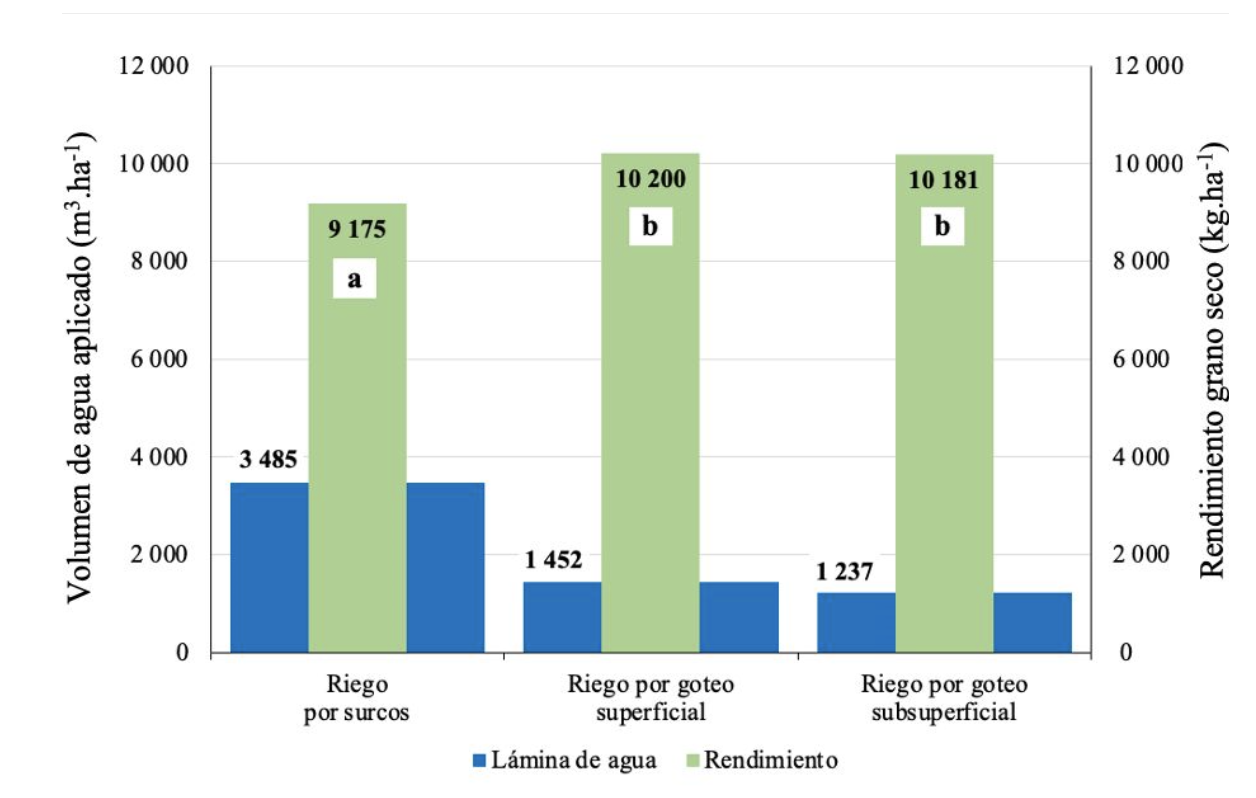
Published
How to Cite
Issue
Section
License
Copyright (c) 2024 Bosques Latitud Cero

This work is licensed under a Creative Commons Attribution-NonCommercial-ShareAlike 4.0 International License.
This work is published under the Creative Commons Attribution-NonCommercial-ShareAlike 4.0 International (CC BY-NC-SA 4.0) license. This means that users may copy, distribute, and adapt the content, provided that proper credit is given to the authors and the journal. Commercial use of the material is not permitted. Additionally, any derivative work must be distributed under the same license. This license ensures open access to knowledge, promoting the dissemination and reuse of published works for non-commercial purposes, respecting authorship, and ensuring the free circulation of content under fair terms.














